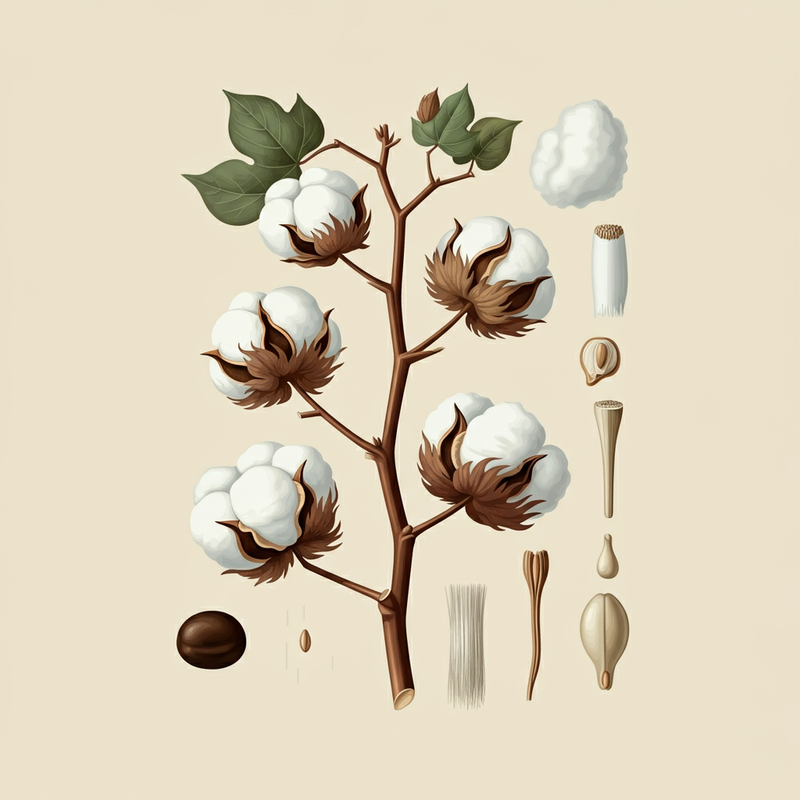Everything About Cotton Linters from ThakurjiSolvex

Coloured cotton fibres are typically shorter and less uniform than white cotton fibres, which can lead to a coarser texture. Having said that, the natural pigmentation of coloured cotton supplies a novel, earthy aesthetic that is certainly more and more well-known in sustainable manner.
Cotton fibers can be used in numerous types of fabrics starting from lightweight voiles and laces to significant sailcloths and thick-piled velveteens.
cotton ball cotton bollworm cotton bud cotton candy cotton gin cotton grass cotton on cotton-finding cotton stainer cotton swab cotton to cotton wool cotton wool ball Egyptian cotton pima cotton sea island cotton silk cotton silk cotton tree upland cotton See Much more
It is possible to compost lint retrieved in the lint screen on a dryer by including it to other materials getting composted.
Making use of equipment like microarray analysis, researchers can master which genes are switched on and off in different tissues eventually (impression courtesy Udall lab).
A Screen from a British cotton manufacturer of items used in a very cotton mill through the Industrial Revolution
While standard cotton cultivation generally requires sizeable agrochemical inputs, including fertilizers and pesticides, organically farmed cotton is commonly seen for a sustainable option to synthetic fibers crafted from fossil fuels.
[forty] The production of cotton, which can have largely been spun while in the villages after which you can taken to towns in the shape of yarn for being woven into cloth textiles, was advanced with the diffusion of your spinning wheel throughout India shortly prior to the Mughal era, lowering The prices of yarn and supporting to website boost need for cotton. The diffusion of your spinning wheel, as well as incorporation with the worm equipment and crank take care of in to the roller cotton gin, resulted in enormously expanded Indian cotton textile generation throughout the Mughal period.[forty one]
The fiber is most frequently spun into yarn or thread and used for making a comfortable, breathable, and durable textile. Using cotton for material is known to this point to prehistoric times; fragments of cotton cloth dated for the fifth millennium BC are present in the Indus Valley civilization, and material remnants dated again to 4200 BC in Peru.
As shoppers shift in the direction of organic and natural and pure products, cotton linters provide a sustainable alternative to artificial fibers, aligning With all the clean elegance pattern.
, silk and cashmere, most of which have been Increased with stitching and designs from India and ruffles made in Tuscany. —
Cotton fibers are characterized by their ribbon-like form with twists, building microfibrils inside the composition. The twists and convolutions affect the strength and suppleness with the fibers.
Unlike wood pulp, cotton linters make paper that is stronger, far more sturdy, and immune to growing older. As the demand from customers for sustainable paper goods grows, businesses are progressively turning to cotton linters as an alternative to standard Wooden-centered pulp, lessening deforestation and promoting greener production methods.
Cotton's absorbency and breathability properties allow it to absorb h2o, wick away moisture, and regulate physique temperature efficiently.